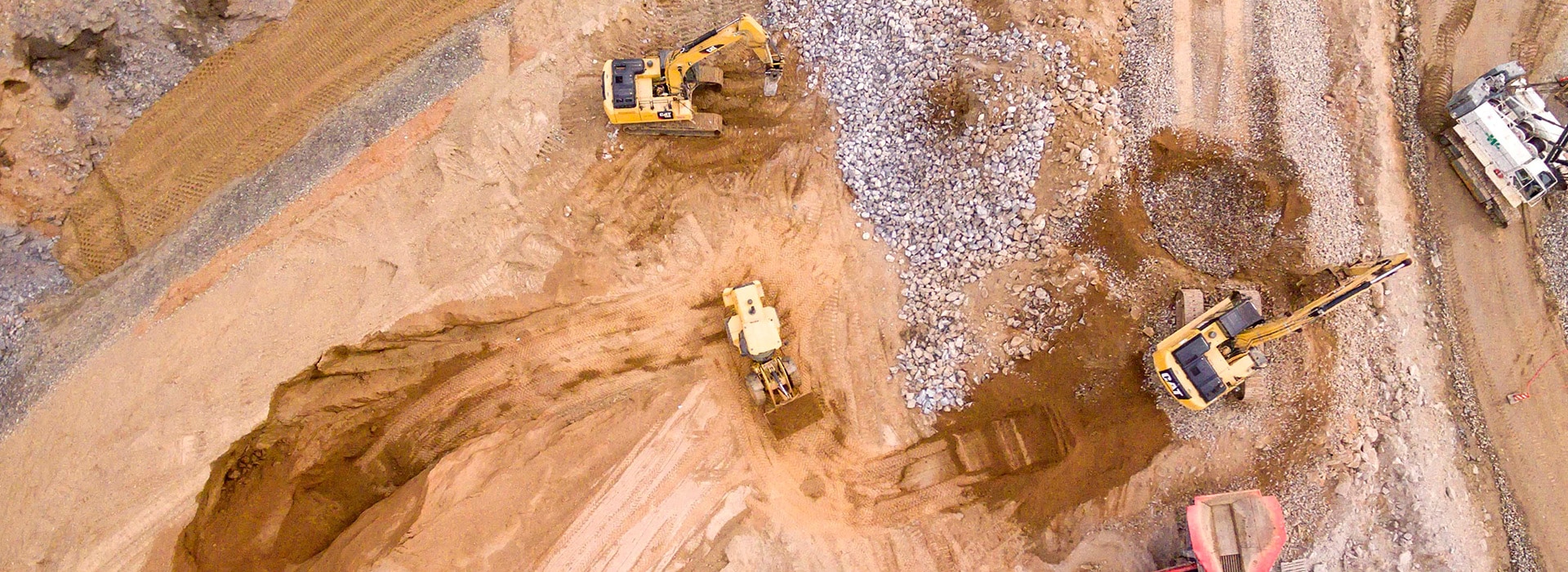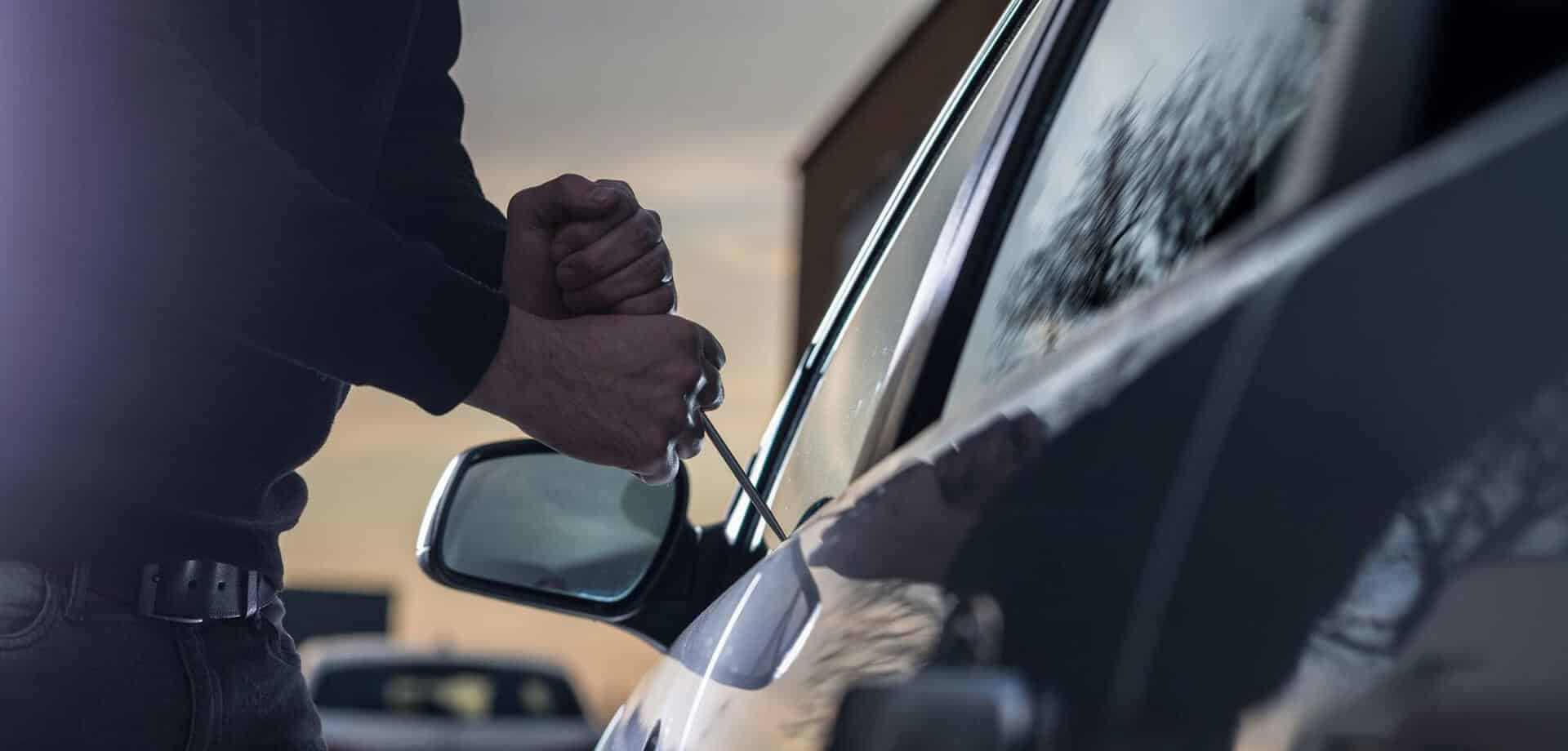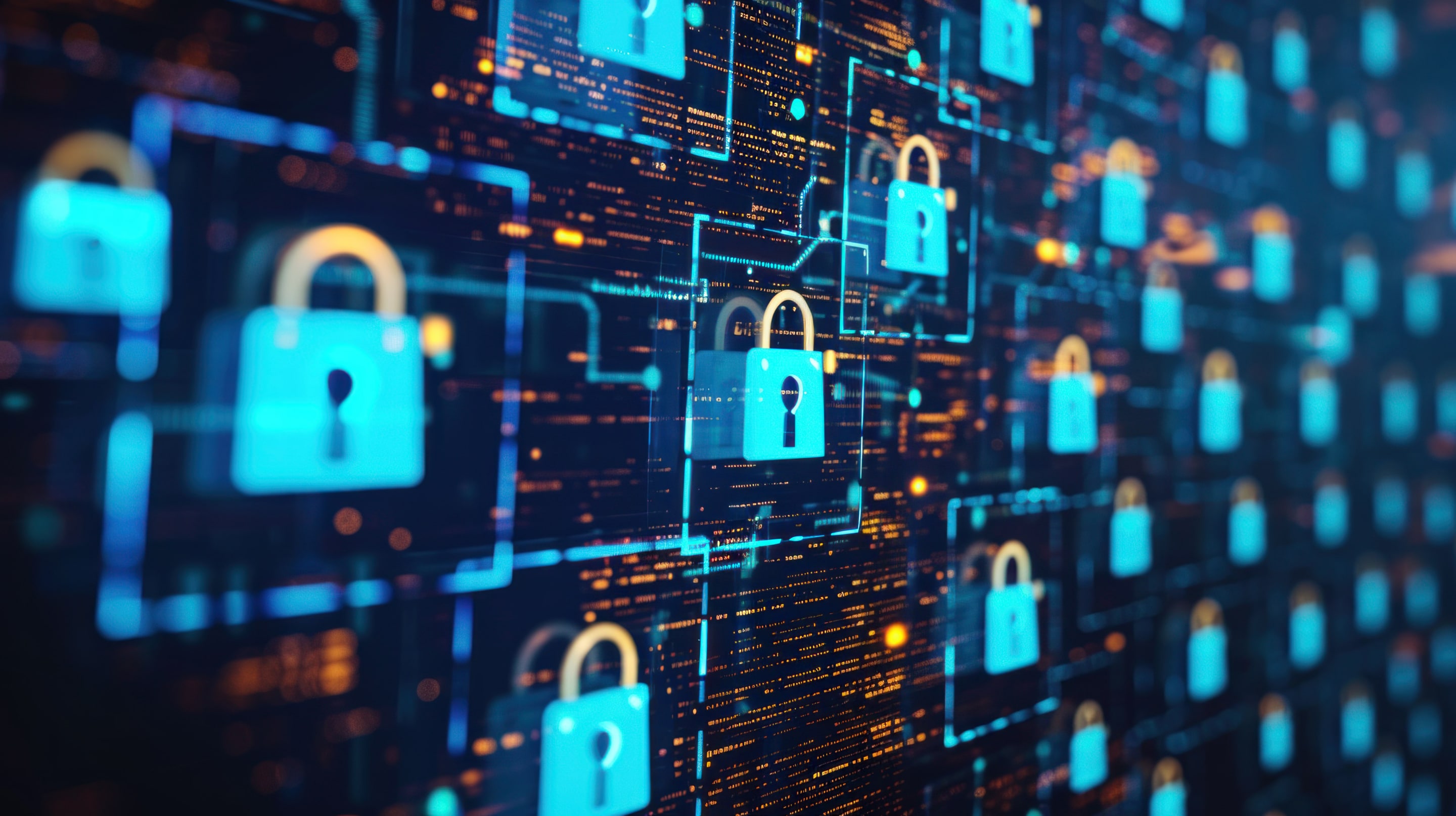G120 Launch Webinar and FAQs

Our mission is to help businesses connect, protect, and derive more value from their assets. As a leading global innovator, developer, and supplier of IoT solutions, we drive continuous innovation to enable our partners to deploy confidently at scale worldwide.

The G120 is a feature-packed, highly capable GPS/GLONASS cellular tracker with a variety of inputs and outputs. Operating on 2G or 4G Cat-M1/Nb-IoT networks, the G120 is fitted with a Bluetooth Low Energy 5.0 module and RS232 (to connect an Iridium Edge Module).
Features:
- Advanced 24/7 Tracking Device
- Multiple inputs and outputs
- Driver Safety and Compliance (RFID, iButtons, Wiegand)
- Out-of-coverage Tracking with Iridium
- Bluetooth Gateway
Below are several important questions asked during our G120 Launch webinar on 26th March 2020.
Watch the Webinar here:
How Does Switching to Iridium Work When Out-Of-Coverage?
When the G120 is within cellular coverage, it records and uploads its position to the server. Typically, when driving it will stay connected to the network and upload immediately for ‘live-tracking’. This data transfer is handled by the cellular modem.
If the device is traveling out of coverage, it can be connected to an Iridium Edge module. This device houses an Iridium modem and antenna – which allows the device to connect to the Iridium network and transmit data back to the server.
The G120 records a large amount of data in its internal memory, such as heading changes, speed changes, input changes, and other valuable tracking information at all times.
However, it will send a subset of this data every 15 minutes when in trip (by default) over Iridium. This is completely configurable and ensures that Iridium data costs are kept under control.
What Shape Geofences can be Stored on The Device? Rectangles, Polygons, or Freehand?
Polygons – for more information see Geofence Downloads to Device.
How is Driver ID Validation Done, on the Device, or in the Cloud/on the Server?
This is done on a device level. If it was done in the cloud, and the device was out of coverage, you would not be able to start a vehicle if it wasn’t able to retrieve the driver list from the server.
However, the Driver ID list is set up on Telematics Guru (the cloud server) and is periodically pushed down to the device and stored there.
See Driver Lists for more information.
How Many Driver ID’s can be Stored on the G120 Driver List?
See Driver Lists, 4000 – 16000 depending on layout.
How do you manage drivers/operators on the device?
See:
How do you Manage One Trip with Multiple Drivers?
Every time a driver ID card/tag is scanned, a ‘Tag Scanned’ log is generated and sent to the server.
So even mid-trip, a log is generated. It is up to the server as to how this is handled.
How Does Driver Behavior (Harsh Acceleration, Braking, Cornering) Extend to Off-Road Driving, or is it Optimized for On-Road?
Harsh driving events aren’t ‘optimized’ for off or on-road driving. The device will simply detect any acceleration that is greater than the threshold set in device parameters. It is difficult to distinguish between harsh driving behavior and simply driving on rough, corrugated roads, as in terms of the acceleration forces experienced – they appear the same to the accelerometer. There is not much that can be done about this, the laws of physics are quite fixed and unchangeable.
That being said, our devices still have plenty of smarts. See here for more information: Harsh Event Setup
For Over Speed Alerts – Does the Device Check the Actual Posted Speed by Road?
The device itself does not, as there is no way to store all this data on the device.
This can be done later with the data on the server for reporting processes. This is implemented in Telematics Guru – see here: Speed Monitoring in Telematics Guru
The Geofence Download to Device functionality can be used to set a speed limit for an area. For example when on a work site – the speed limit is 40km/h, and the device should buzz at the user and flash lights when exceeding this. But when you get back out on the open road, the buzzing stops.
How Many BT Tags can be Detected by the G120 at Once?
This was discussed as part of our BLE webinar – Bluetooth Webinar Questions
The maximum number of tags the gateways can support is 512. This is the maximum tag list size on these devices. As for the practical maximum, that is dependent on many factors. Imagine you were in a room of crowded people that were all shouting, and you were trying to listen to every single one of them. Inevitably, the people closest to you will drown out the people farther away from you, but if you listen for long enough you may hear the people farther away when those closest to you are taking a breath. The same is true for Bluetooth, and the maximum number of devices that could be picked up by a gateway is dependent on:
- The beaconing rate – beacons are less likely to clash if they beacon less frequently, but that also means if they do clash then you have to wait longer for a chance to pick them up again
- Background noise – other Bluetooth® and WiFi devices may interfere with signals
- The scan length – the longer the scan length, the less of a problem clashing is. For example, if tags are beaconing every 1s, and the scan length is 15 seconds, then there are 15 chances for the beacon to get through to the scanner.
Related News

Let’s Get Started
Submit the form to get in touch with a Digital Matter representative from your region.
Contact UsSubscribe
Get helpful content delivered straight to your inbox.
Let’s Get Started
Submit the form below to get in touch with a Digital Matter representative from your region.

Looking for support? Check out our knowledge base.

Information on becoming a Digital Matter Partner.

Information on pricing, availability, and proof of concept.

Guidance on selecting the right products for your application.






